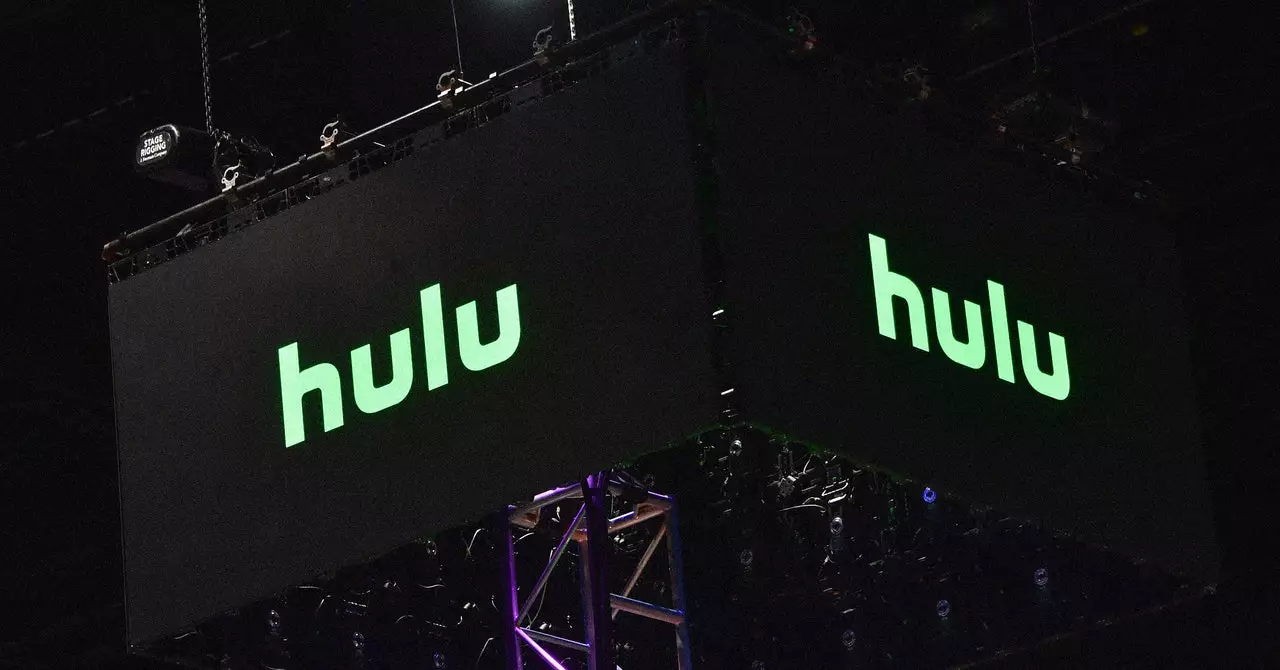In a recent turn of events, Hulu featured an unexpected ad that showcases an idealized version of Gaza, suggesting that this haven could exist if not for Hamas. What begins as a typical tourism advertisement portraying palm trees, coastlines, luxurious hotels, and jovial children, takes a sharp turn as the narrator’s voice changes and the imagery shifts to fighters, weapons, and children holding guns. Condensing decades of conflict into a mere 30 seconds, this ad appears to utilize artificial intelligence (AI) to spread its message. However, reconstructing the narrative surrounding the suffering of Palestinians in Gaza requires a deeper understanding of the complexities involved.
At the heart of the Gaza conflict is the power struggle between Hamas and Israel. While Hamas, deemed a terrorist organization by several nations, seized control of the Gaza Strip in 2007, Israeli troops and settlers previously occupied the region from the 1967 war until 2005. This history underscores the deep-rooted tensions and which parties bear responsibility for the suffering of Palestinians. The United Nations, along with numerous international entities, still consider Gaza to be effectively occupied, although the United States and Israel dispute this assessment.
Behind the facade of this AI-generated advertisement lies the grim reality of the toll this conflict has taken on innocent lives. According to Gaza’s health ministry, more than 25,000 people have lost their lives in the region since October alone. The United Nations estimates that 1.9 million people, approximately 85% of the population, have been displaced. These staggering figures serve as a reminder that the suffering endured by both Palestinians and Israelis is not easily encapsulated in a brief ad.
Through a closer examination of the ad, it becomes evident that certain elements were created using generative AI. Inholo and Sensity, two AI image-detection companies, confirmed that the first part of the ad utilized AI. The aesthetic, perspective errors, and repeated facial expressions all point to the involvement of AI technology. This raises important questions about the role of AI in shaping propaganda and its potential to blur the line between fact and fiction.
While this ad may not be a conventional deepfake, it exemplifies the power of generative AI to evoke emotional responses. The rapid advancements in AI technology have enabled the creation of lifelike and emotionally charged propaganda, capable of swaying public opinion. Even if viewers are aware that the content is not real, it can still have a significant impact on their perceptions. This phenomenon is not unique to the Gaza conflict; activists on both sides have been utilizing generative AI to garner support for their respective causes.
The AI-generated reinterpretation of Gaza showcased in the ad is part of a broader trend that has emerged on social media platforms like TikTok. Using AI algorithms to render alternate histories, these digital creations aim to reimagine what could have been. However, it is crucial to approach such narratives with caution, as they can oversimplify complex realities and perpetuate biased perspectives. Sam Gregory, the executive director of Witness, an organization focused on using visual media for human rights advocacy, highlights the need for critical evaluation when engaging with AI-generated content.
While the ad may serve as a starting point for discussions surrounding the Gaza conflict, it is essential to dig deeper and question the oversimplifications presented. The complexities and nuances of this longstanding conflict cannot be distilled into a mere half-minute advertisement. To foster a more comprehensive understanding, it is crucial to look beyond the surface and engage with diverse perspectives, challenging preconceived notions propagated by AI-generated content.
As AI technology continues to evolve, its influence on media and propaganda becomes increasingly significant. It is imperative for individuals to become critical consumers of information and effectively analyze the narratives presented. Questioning the motivations, underlying biases, and potential distortions within AI-generated content is crucial for navigating a world where truth can often be obscured. By challenging the narrative and seeking a more nuanced understanding, we can move towards a more informed and empathetic society, capable of addressing complex issues such as the Gaza conflict with greater clarity and fairness.


Leave a Reply